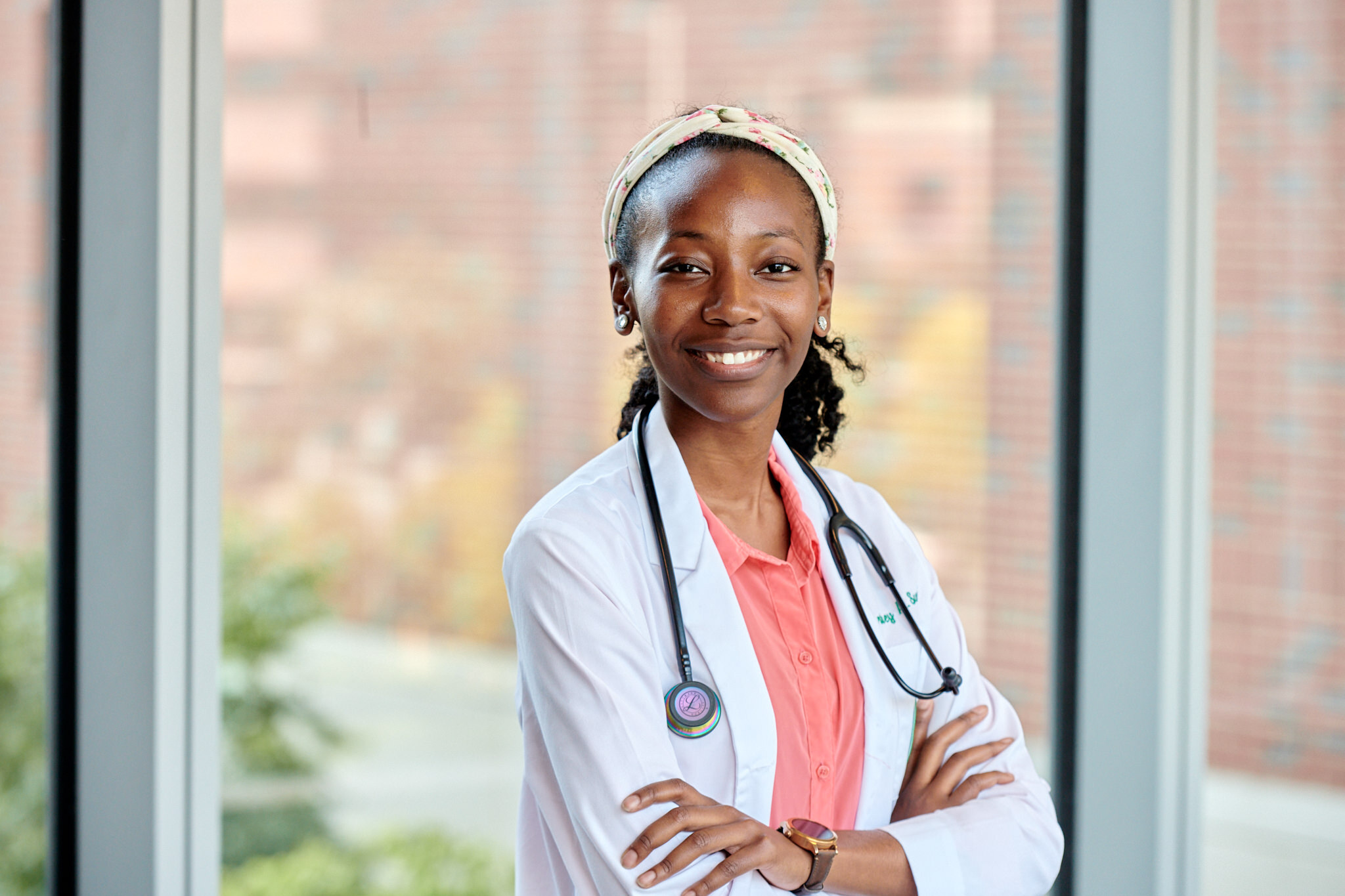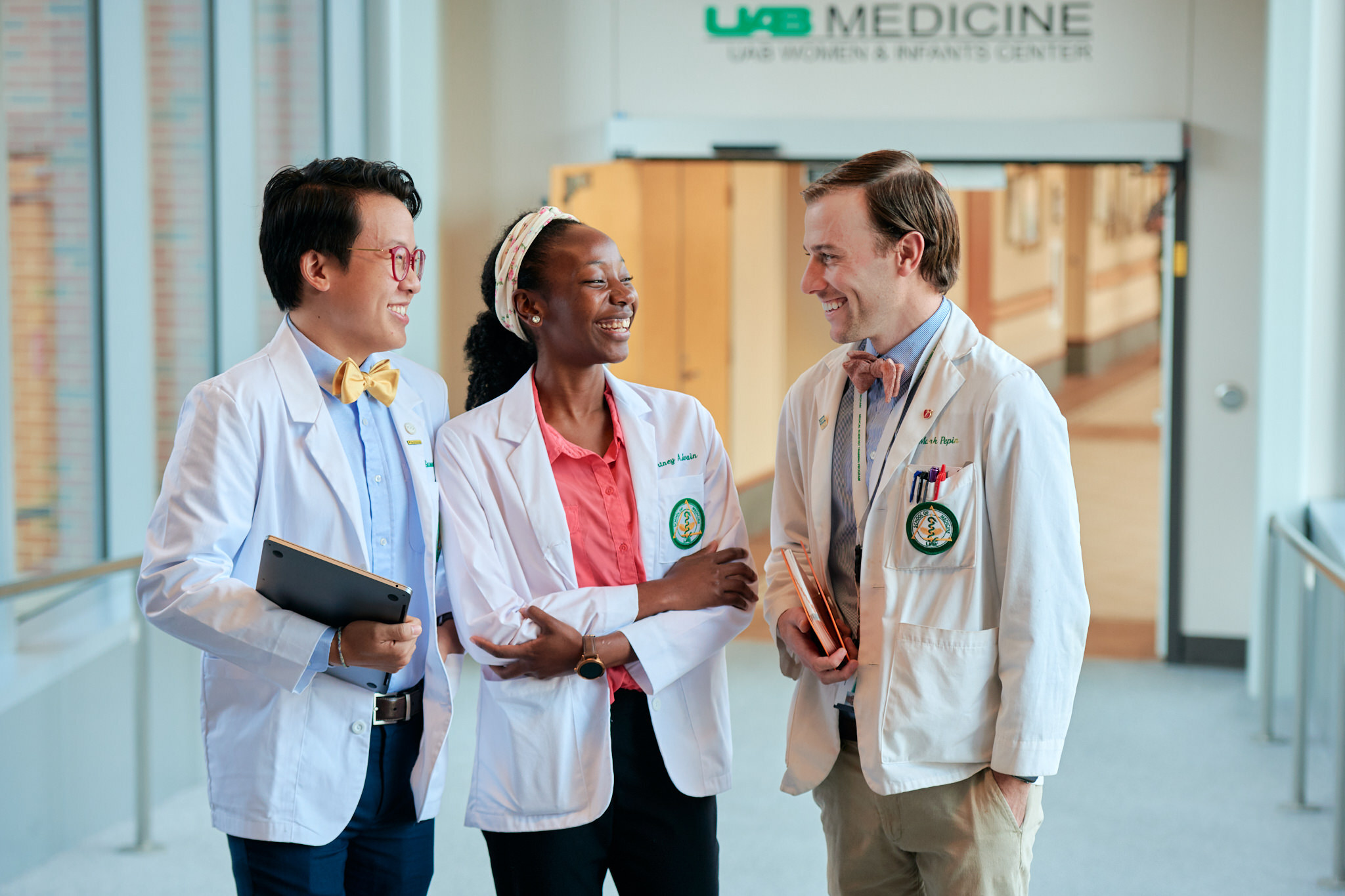 Celebrated each year on Feb. 11, International Day of Women and Girls in Science was a dream first dreamt during the World Women’s Health and Development Forum between the United Nations and the Royal Academy of Science International Trust in 2015.
Celebrated each year on Feb. 11, International Day of Women and Girls in Science was a dream first dreamt during the World Women’s Health and Development Forum between the United Nations and the Royal Academy of Science International Trust in 2015.
The purpose of the international day is to bring awareness to gender equality in the field and empower women and girls in science. In 2019, the number of women holding direct science and engineering degrees was only 15 percent.
In recent years, the Heersink School of Medicine’s Medical Science Training Program (MSTP) has seen an influx in female student acceptance. In 2021, the MSTP had an even split between male- and female-presenting students accepted into the program, according to MSTP admissions.
Courtney Swain, who began the program in 2019, said that as a child she did not envision herself in science until her later years in high school.
“Spending most of my childhood in the small town of Anniston, Alabama, I couldn’t have imagined being here at UAB one day, pursuing medical and research training to become a physician-scientist. UAB has helped my family here in Alabama for several years. However, I didn’t realize my potential and aspirations to go into a medical career until my later years of high school.”
This is the story of many girls looking for possible STEM futures. One instance of girls not seeing STEM as a career option is the lack of role models for girls.
For Courtney, UAB has provided a role model for her to look up to in Latesha Elopre, M.D., associate professor in the Division of Infectious Diseases and assistant dean for Medical Education Diversity & Inclusion. Swain finds Elopre’s “...childhood stories of her overcoming her challenges relatable and inspirational. Her current efforts and accomplishments in expanding the diversity of medical professionals are exhilarating,” Swain said. “I’m truly moved by her journey into medicine.”
Courtney’s academic career started at the University of West Florida where she had ambitions of going into medicine. Her experience of working in labs as an undergrad sparked an interest in medical research. With her continued involvement with undergraduate research, Courtney’s scientific inquiry, writing, and communication skills grew to prepare her M.D.-Ph.D. training. Courtney’s early research focu Photo of MSTP students taken prior to COVID-19 pandemicsed on neutrophil biology, however, her interests gradually shifted towards cancer immunology.
Photo of MSTP students taken prior to COVID-19 pandemicsed on neutrophil biology, however, her interests gradually shifted towards cancer immunology.
Currently, Courtney is in the Ph.D. phase of her training and researching the role of the Hedgehog signaling in breast cancer. She is under the mentorship of Lalita Shevde-Samant, Ph.D., associate director for Education and Training for the O’Neal Comprehensive Cancer Center at UAB, professor in the Department of Pathology, and director of the Cancer Biology Graduate Theme at UAB.
When asked what she is most excited about, Courtney said, “Given that I’ve just started my research training, I’m very excited about being a part of this community of devoted and dedicated UAB researchers and specialists both in and outside of my field of research. The collaborative atmosphere for research here supplements my training with more integrative and diverse experiences and opportunities.”
In her free time, Swain gardens, exercises, plays video games, and is involved with the local charity called Extra Life, an organization that raises money for Children Miracle Network Hospitals. Extra Life provides Courtney with an opportunity to give back as well as merge her leadership skills and her love of video games.
Swain and many other MSTP trainees are helping merge the gender gap in STEM. For any girls looking for a future in STEM, Courtney wants you to know, “At times when you may feel unwelcomed or discouraged, always reach out to mentors you look up to and share how you’re feeling. Keep yourself motivated through the challenges you are bound to face as you pursue a STEM career. Don’t see each challenge you’ll face as a barrier or a setback; see it as an opportunity to improve considerably and to bounce back even stronger.”